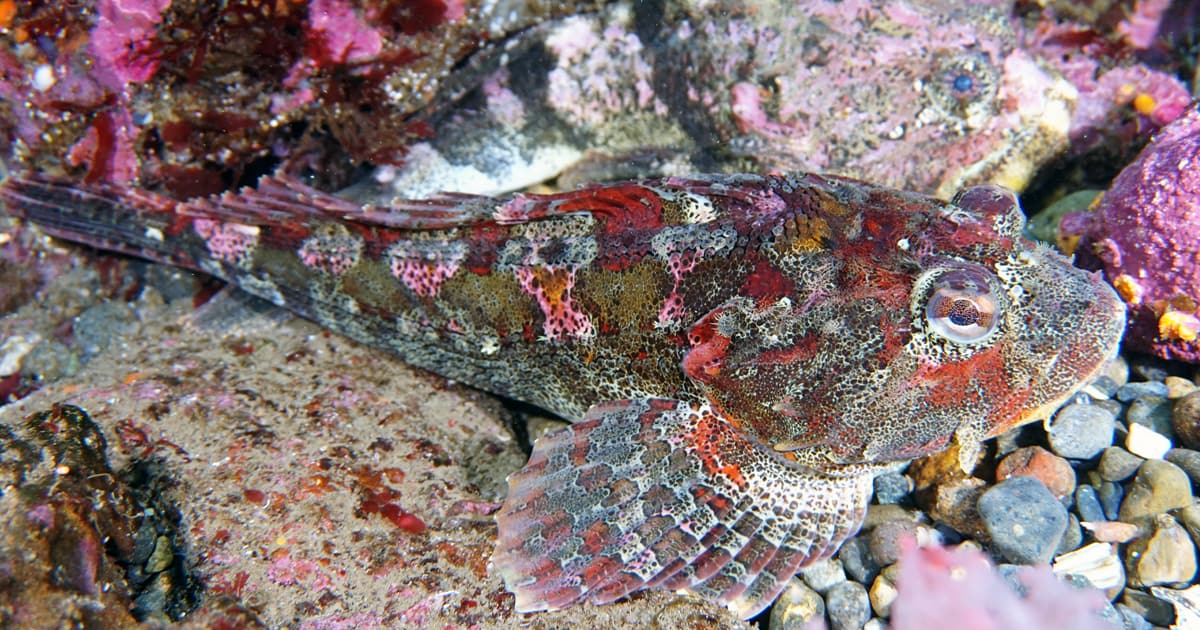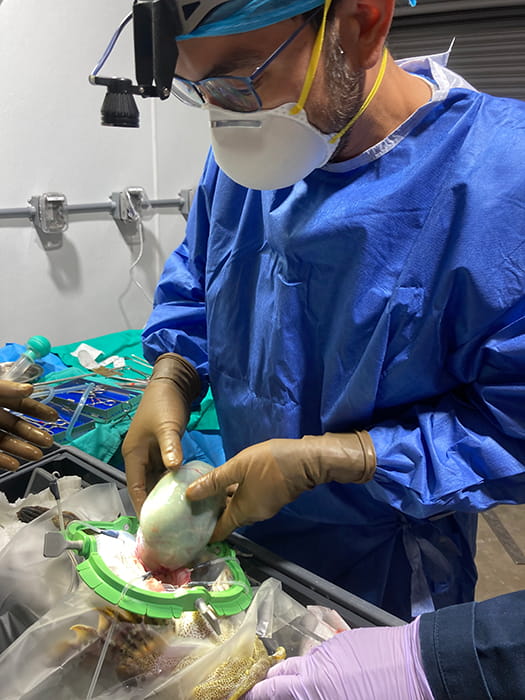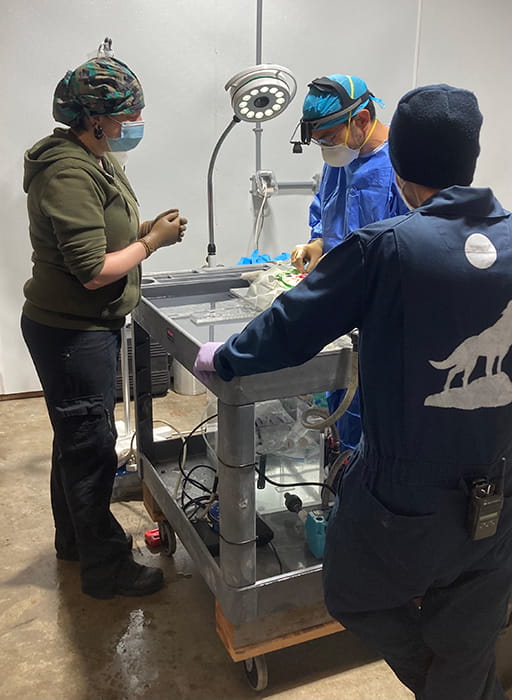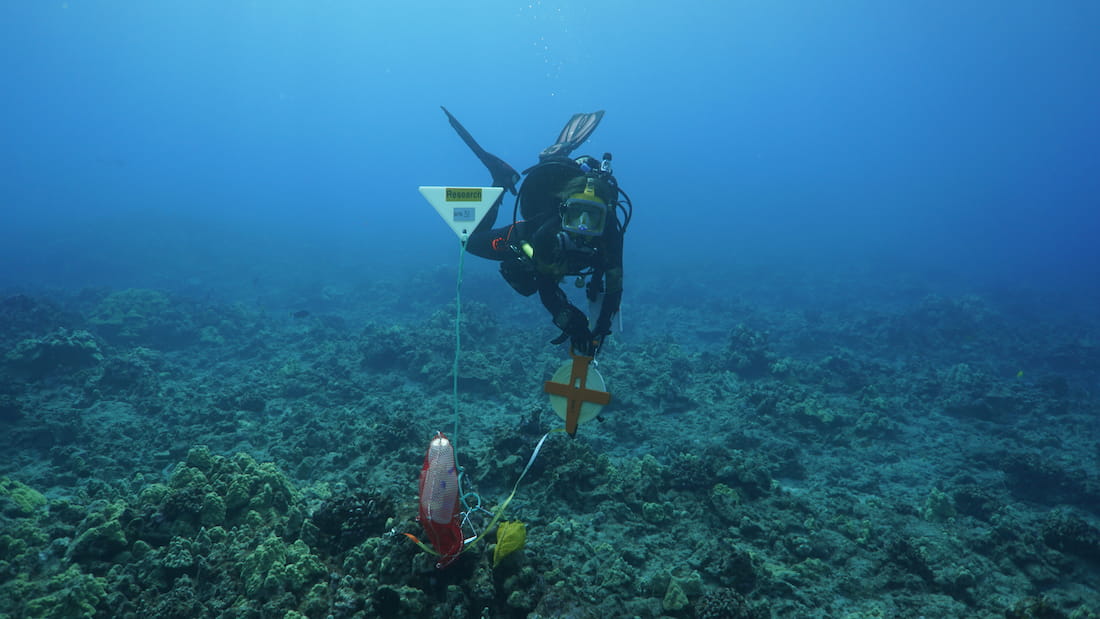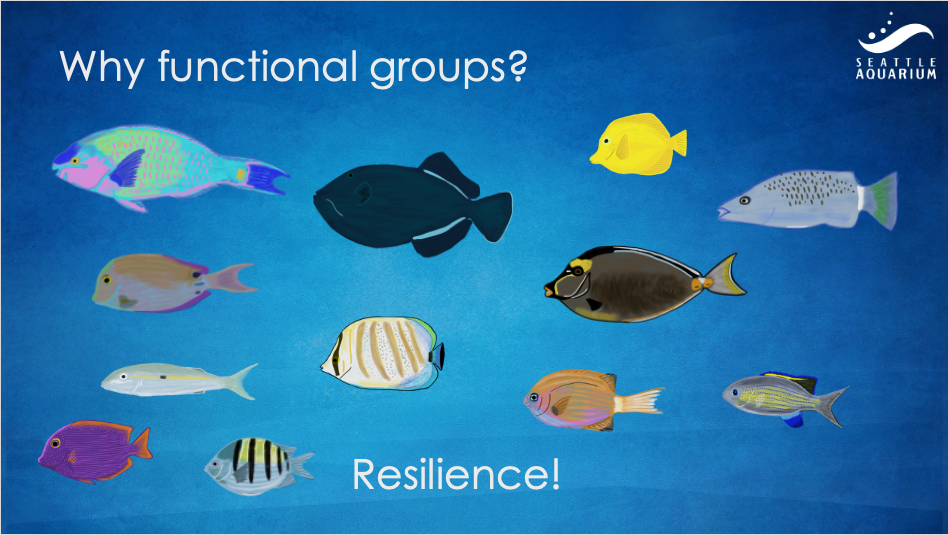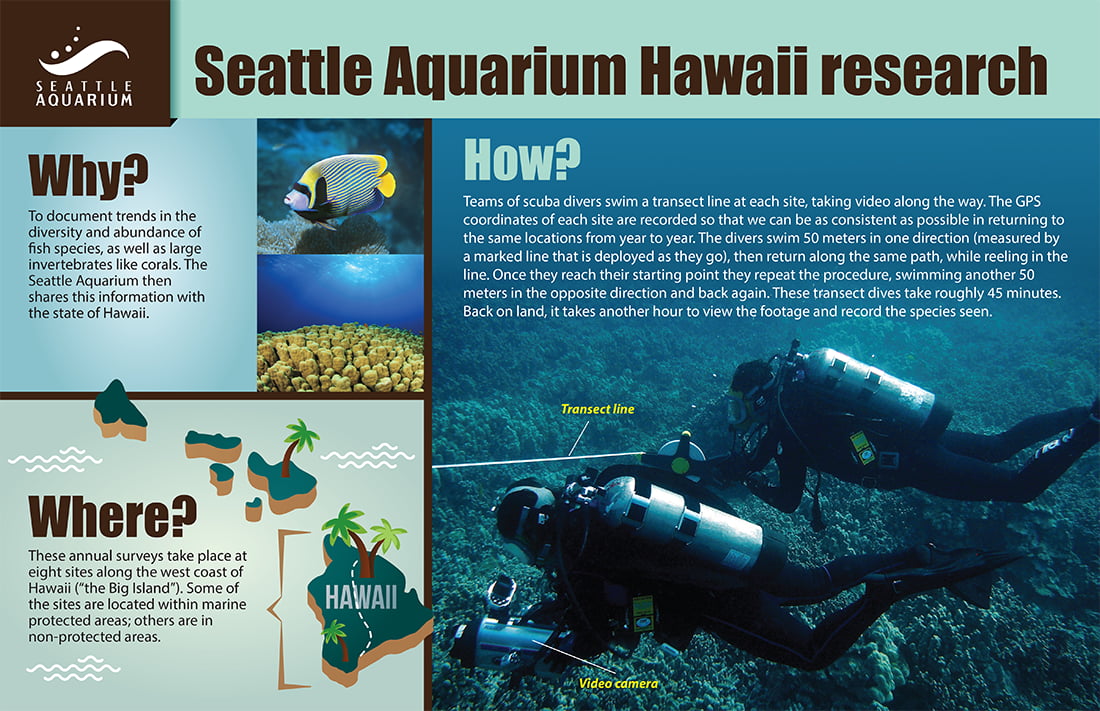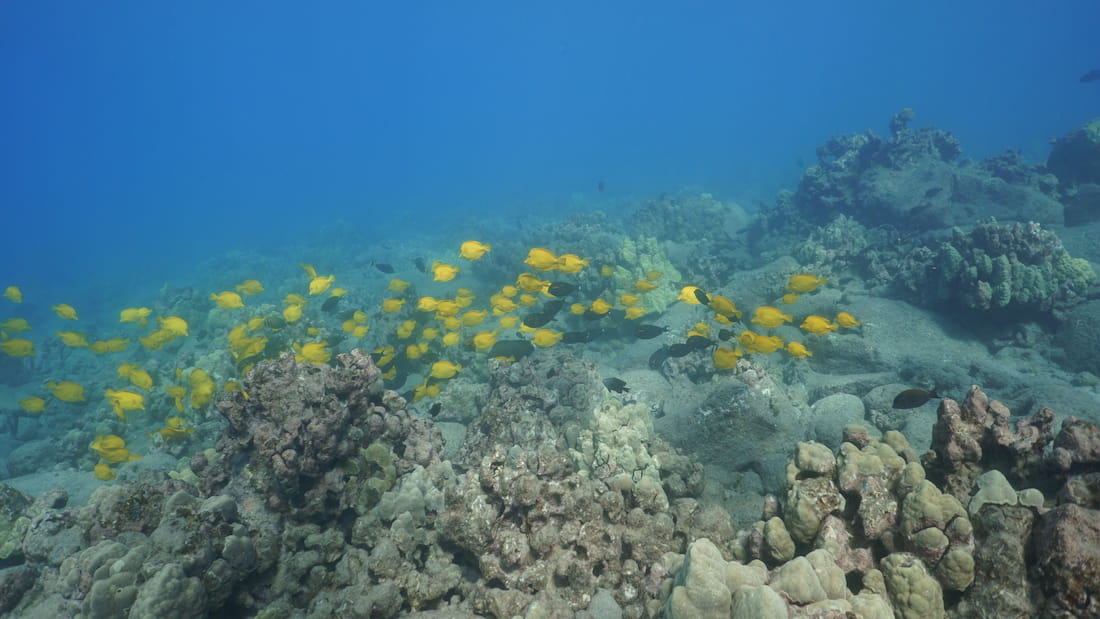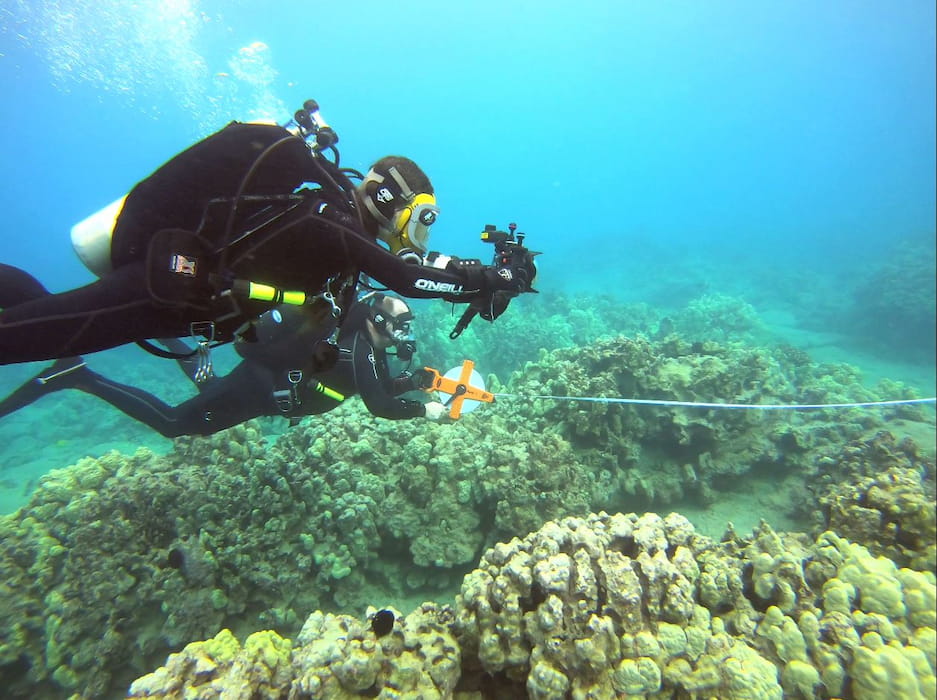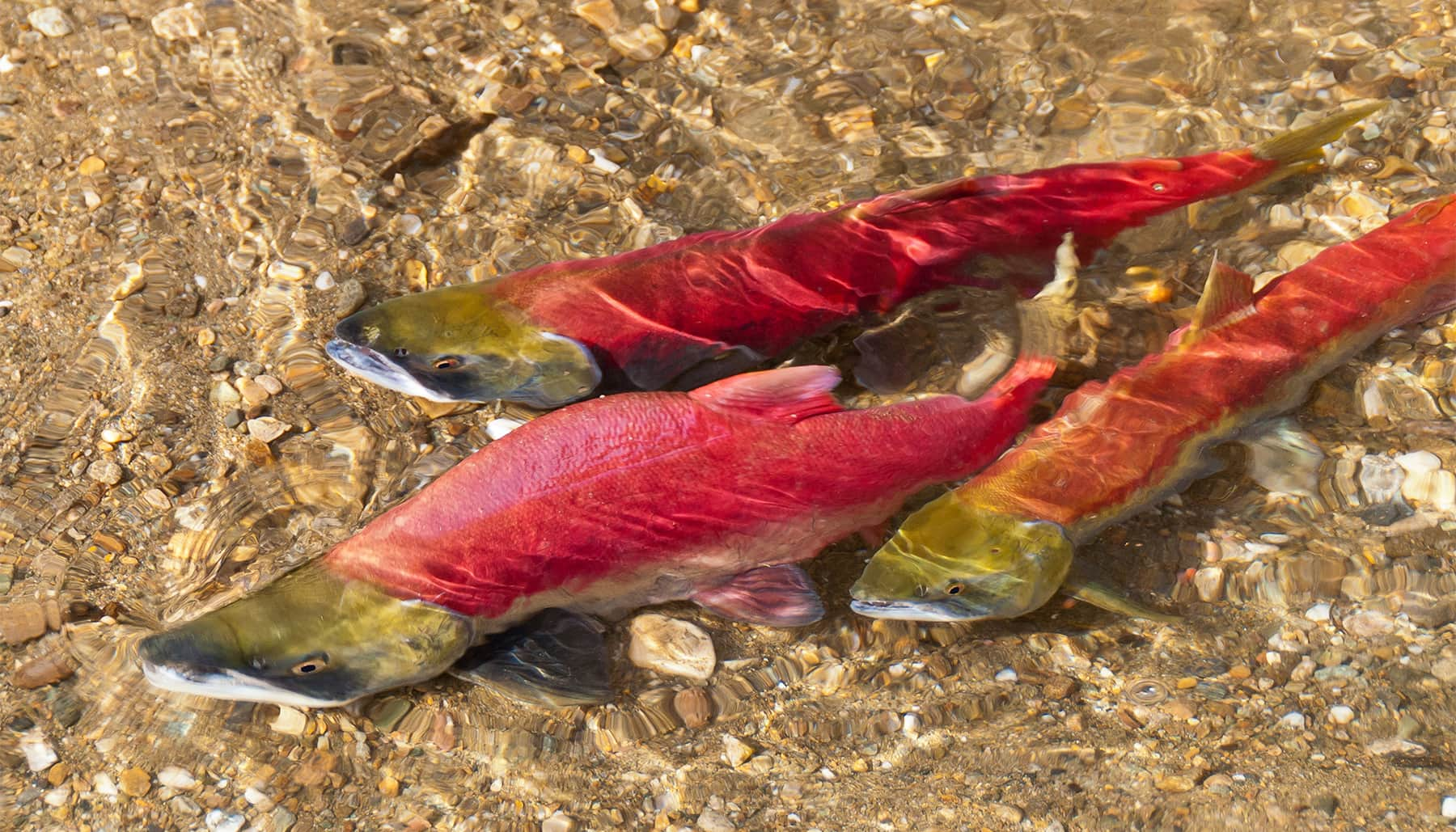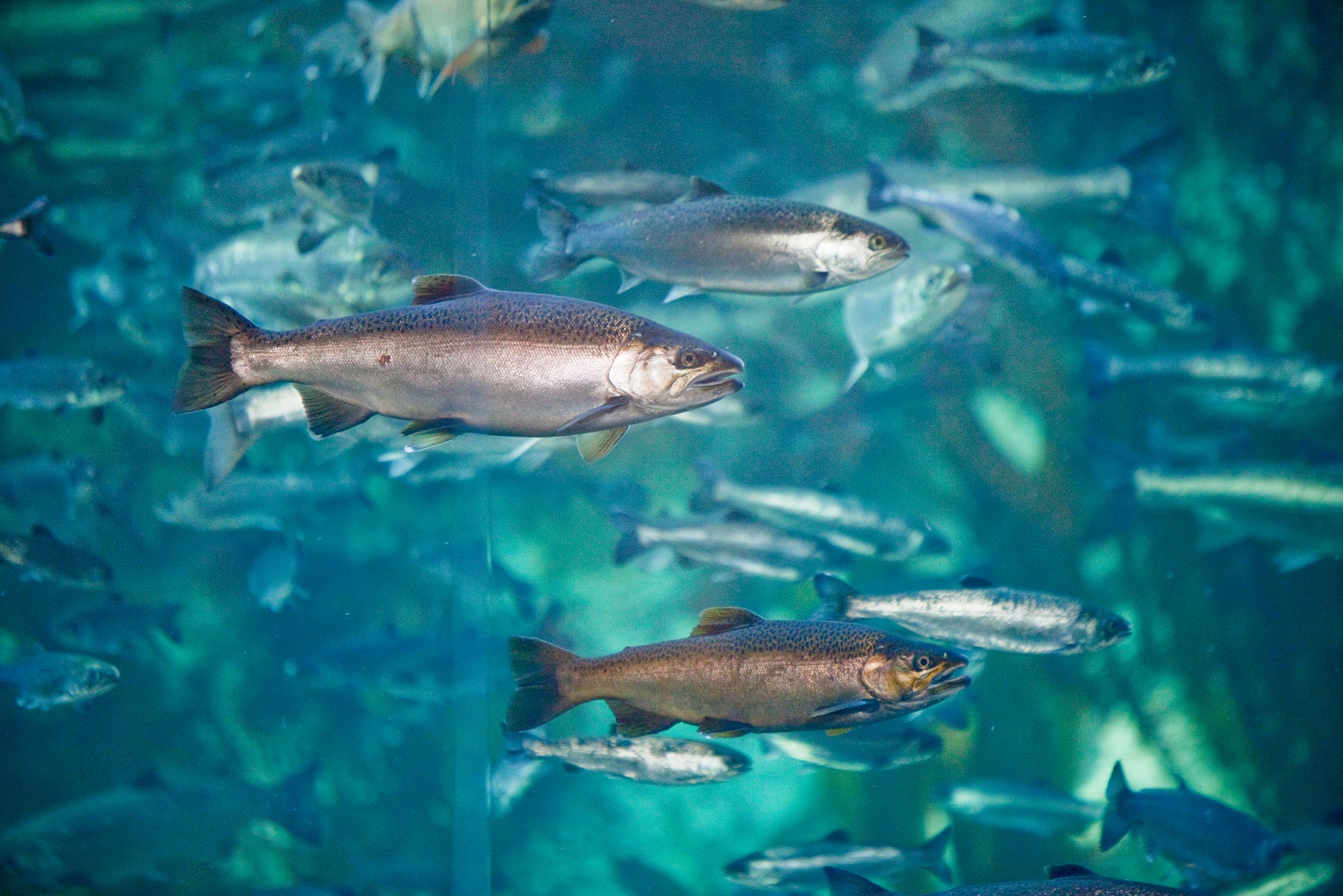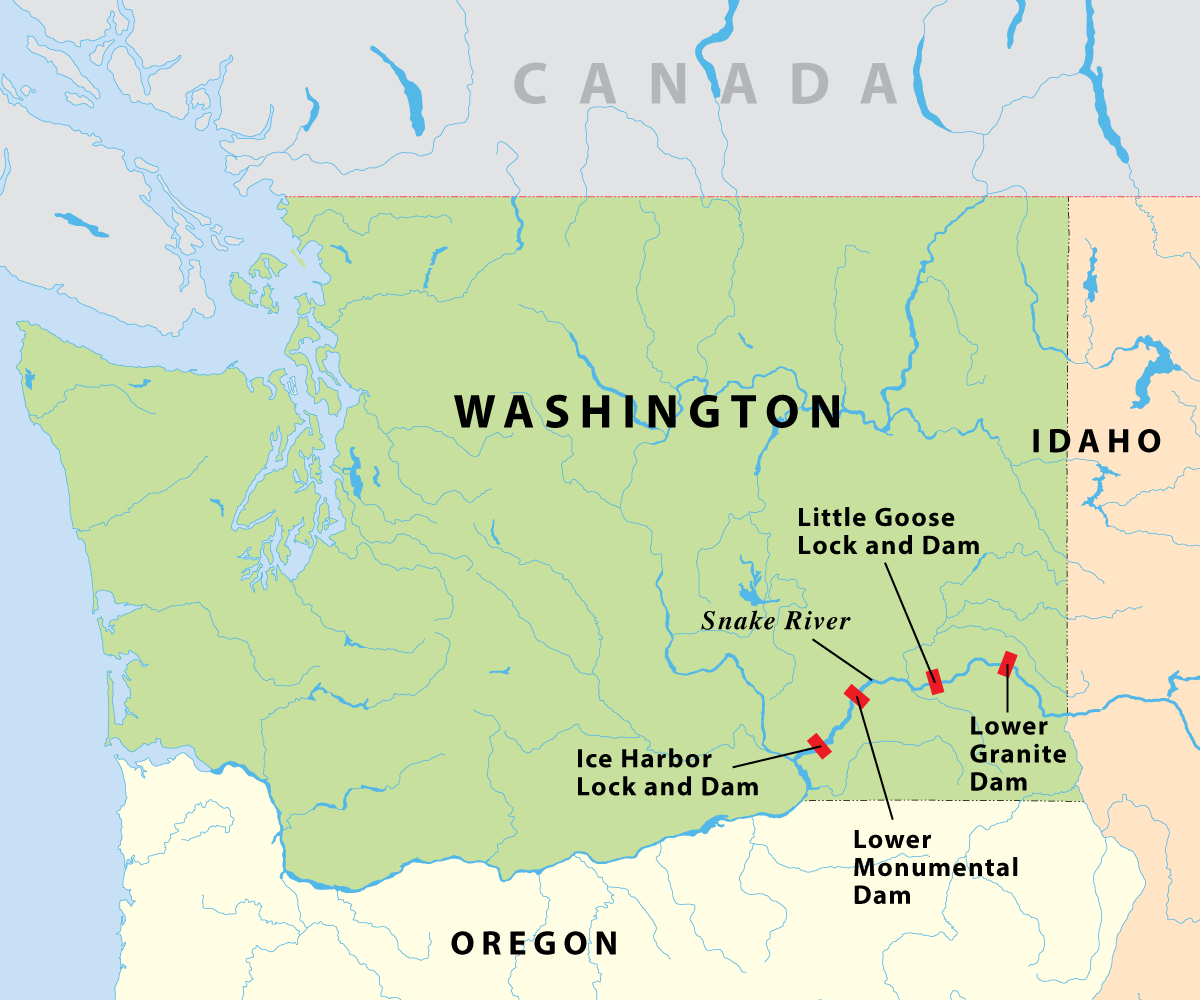Expert care for hundreds of species and thousands of animals
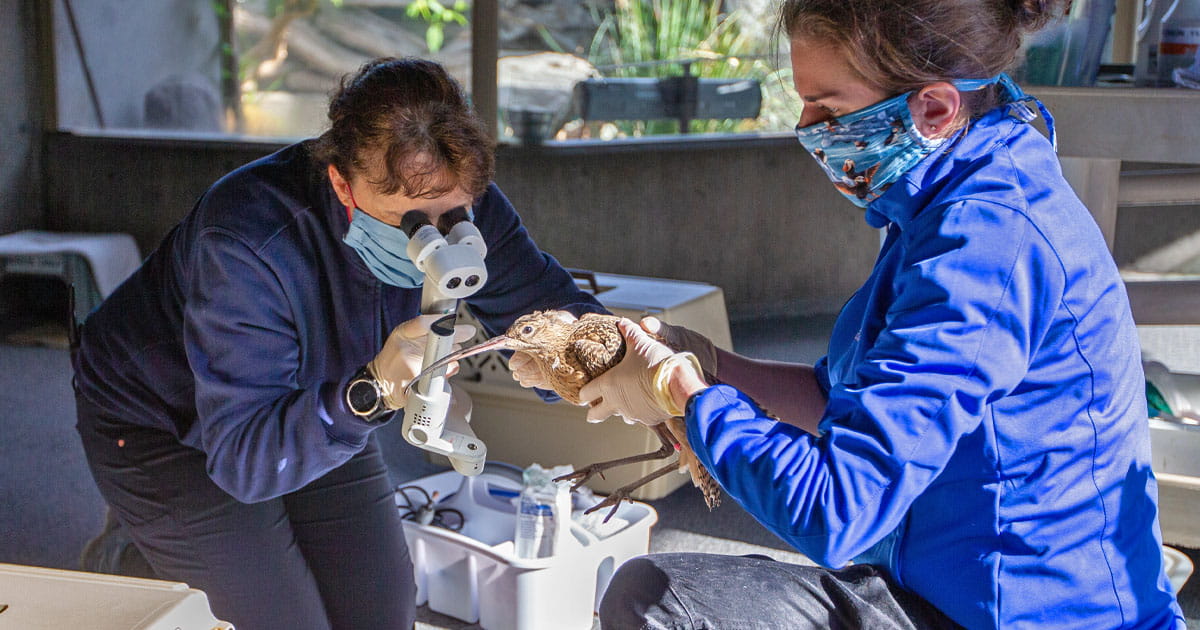
The Seattle Aquarium is home to nearly 400 species and over 12,000 individual mammals, birds fish and invertebrates. And, just like humans, these species have their own distinct care needs that change as they age. “All animals at the Aquarium have care plans that are customized to their species and the needs of the individuals or groups,” says Senior Veterinarian Dr. Caitlin Hadfield, MA VetMB DAZCM DECZM.

Being responsible for so many species and individuals means that animal care at the Seattle Aquarium is a team effort. Our veterinary and husbandry staff monitor the health of the animals every day and work together to provide the best life possible for them. “That’s the essence of good animal welfare,” notes Dr. Hadfield.
What’s it like being the doctor in charge for so many mammals, birds, fish and invertebrates? “It’s a mixture of routine preventative care—like wellness exams and environmental quality assessments—and reactive care, where we respond to changes we’ve seen in the animals or their environment,” says Dr. Hadfield. “With so many animals, we rely heavily on our professional staff and animal records to identify anything of concern, then work together to understand the situation and identify the best solution if needed. Because of the variety of species, I often reach out to colleagues with different fields of expertise so that, together, we can provide a great quality of care.”
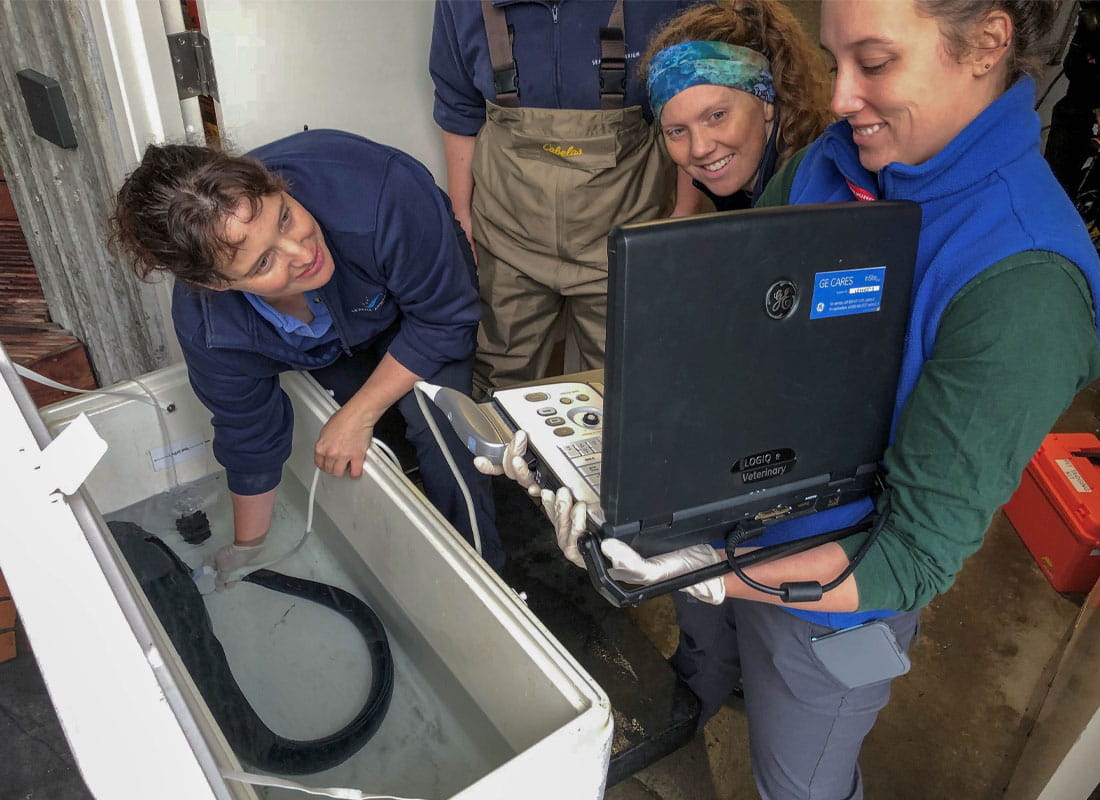
Long (long!) lives
Here’s a fast fact: The average life span of a male Pacific harbor seal (Phoca vitulina vitulina) in the wild is 26 years1. Longtime Seattle Aquarium favorite Barney is now 36 years old, well above the average in the wild population. “Like any elderly animal, including us humans, he has some health issues, but is enjoying life,” says Dr. Hadfield.
Barney is just one example of how animals in human care at zoos and aquariums accredited by the Association of Zoos & Aquariums (AZA), including the Seattle Aquarium, tend to live significantly longer lives than those in the wild. “Over the Aquarium’s history, lessons learned and the application of new, innovative technologies designed for animal care have enabled our team to provide a good quality of life well beyond the expected life span for their counterparts in the wild,” notes Director of Life Sciences Grant Abel.
Speaking of Barney…where did he come from?
Visitors often ask about the origins of the Aquarium’s birds and mammals (and not in the “birds and bees” way!). Barney was born right here, in 1985—as was sea otter Aniak, in 2002. In fact, every marine mammal and bird in our care was either born in a zoo or aquarium, like Barney and Aniak, or rescued and deemed non-releasable by the U.S. Fish and Wildlife Service or the National Marine Fisheries Service, like sea otters Adaa and Mishka. Rescued animals that are deemed non-releasable either have a health issue or stranded too young to be able to survive in the wild.
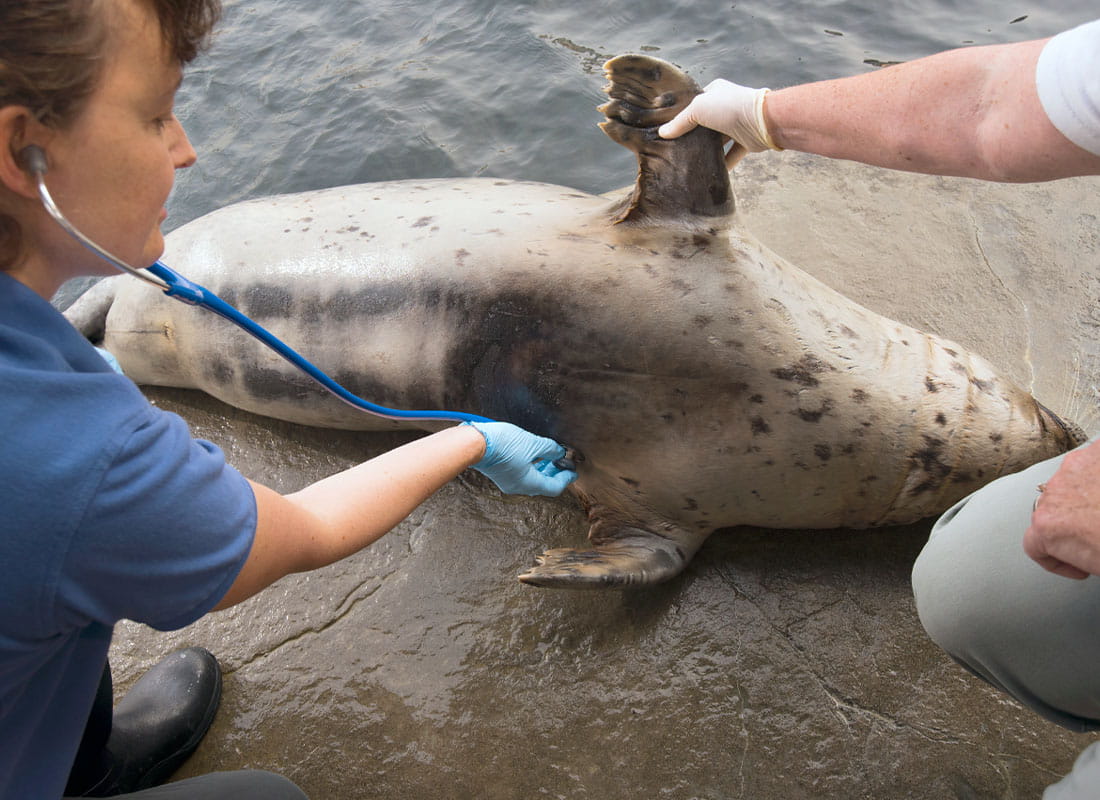
Stay tuned for our upcoming blog posts for details about how we care for aging animals, as well as the AZA species survival plans for maintaining healthy, genetically diverse populations of animals within accredited zoos and aquariums.
Lastly, another fast fact: The Seattle Aquarium was first accredited by the AZA in 1979 and, like all accredited members, is subject to a thorough on-site inspection every five years to renew that accreditation.
